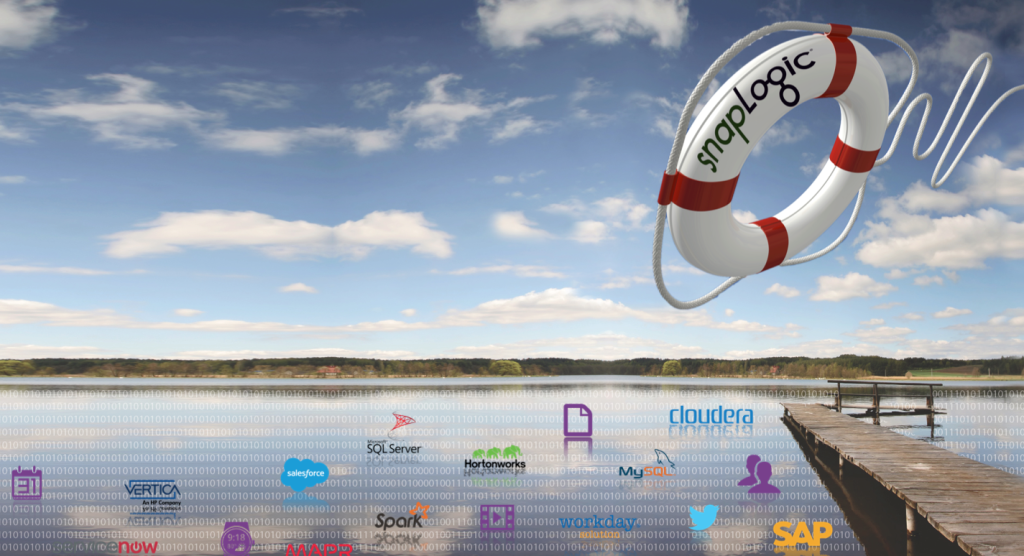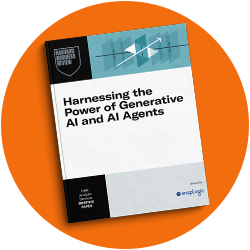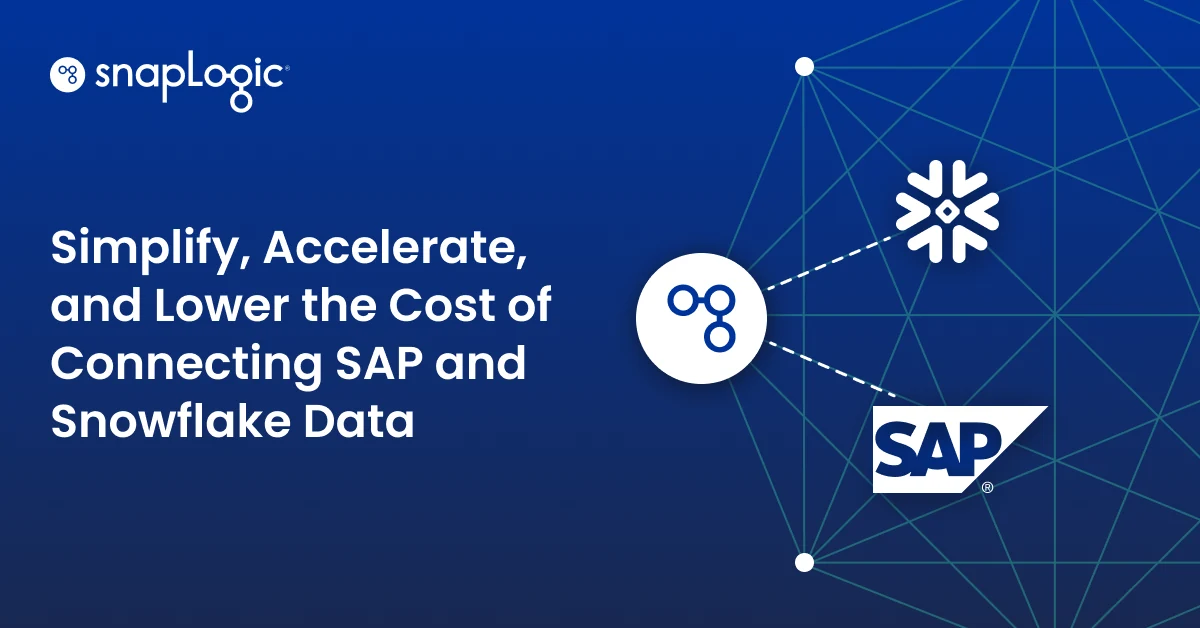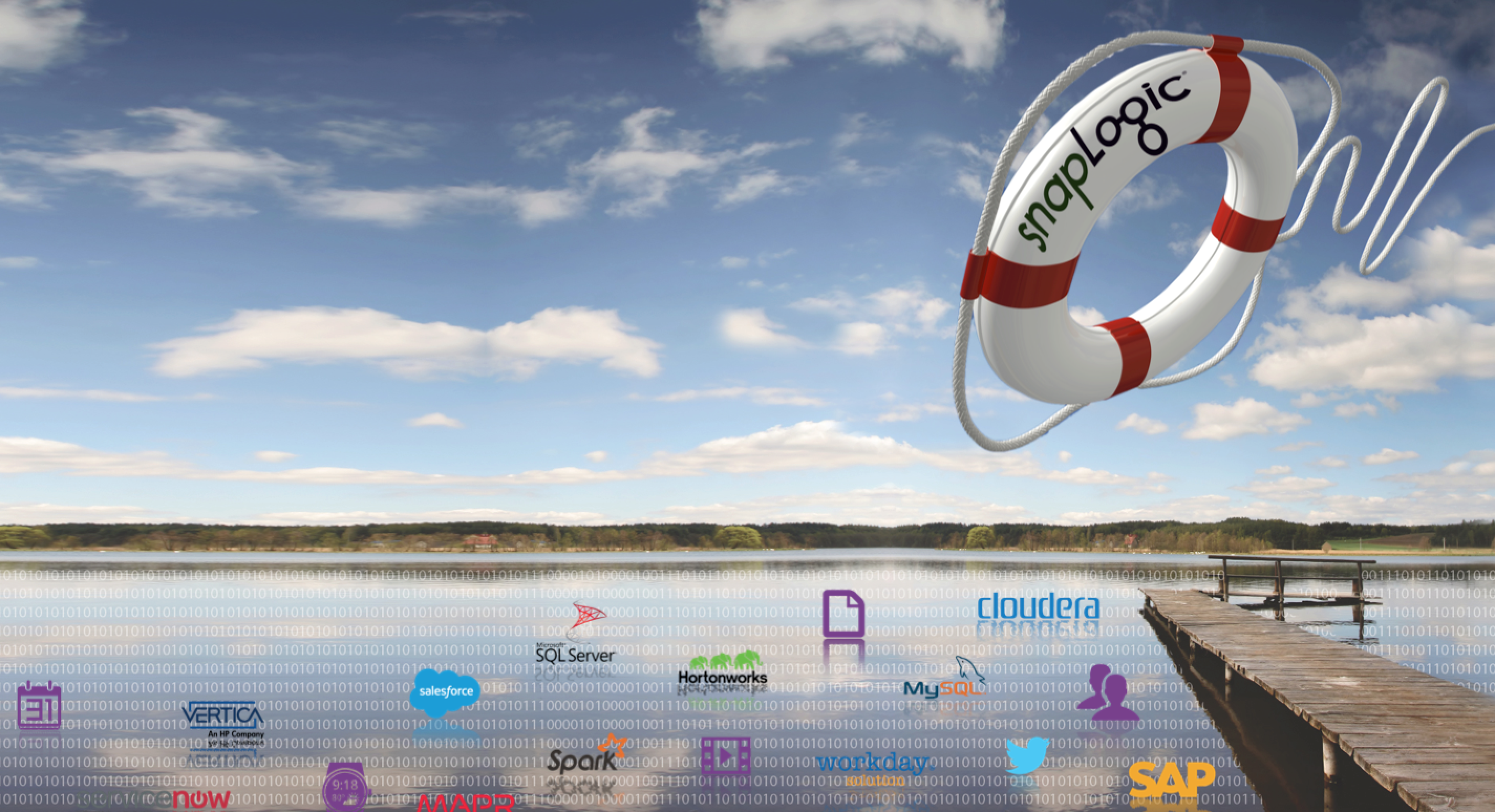The concept of a data lake is a popular buzzword in big data circles today.
It represents a potential breakthrough for enterprises aiming to achieve their big data goals. However, beneath the surface of this data lake lies the reality of data chaos. This article explores the challenges and solutions associated with data lakes and big data integration.
Understanding the Data Lake
A data lake is a strategy that allows companies to collect and store massive volumes of data from various sources such as the web, sensors, devices, and traditional systems in one place for analysis. The feasibility of an enterprise data lake has improved significantly, thanks to the development of technologies like Hadoop and the efforts of a vast community of developers and vendor partners working to make it more enterprise-friendly and secure.
The Challenges of Big Data Integration
While the data lake offers affordability and flexibility, it also presents several challenges. These include poor data quality, lack of governance, and skills gaps. In a data lake environment, data is often not organized or easily manageable, leading to quality issues. Furthermore, the lack of standard toolsets for importing and extracting data in Hadoop can lead to compliance problems and slow business impact. Lastly, the shortage of specialists skilled in Hadoop is a significant barrier to realizing the full potential of big data integration.
Address the Challenges
Efforts are underway to address these challenges. For instance, initiatives like the Data Governance Initiative aim to create a centralized approach to data governance. Moreover, companies are investing in training and hiring individuals who can serve as “data lake administrators.” These data management experts have experience managing and working with Hadoop files and possess in-depth knowledge of the business and its various systems and data sources that will interact with Hadoop.
The Future of Big Data Integration
Transforming the data lake into a business strategy that benefits customers, revenue growth, and innovation is a long journey. Companies need to determine how to integrate old and new technologies and invest in analytics and integration tools. The data lake is a powerful and flexible tool for exploration and delivering novel business insights. However, it’s crucial to apply processes, controls, and management tools to this new environment without weakening its strengths.
Conclusion
The journey to effective big data integration is complex, but the rewards are worth the effort. By understanding the challenges and solutions associated with data lakes, businesses can unlock the potential of big data and drive innovation.
—-












